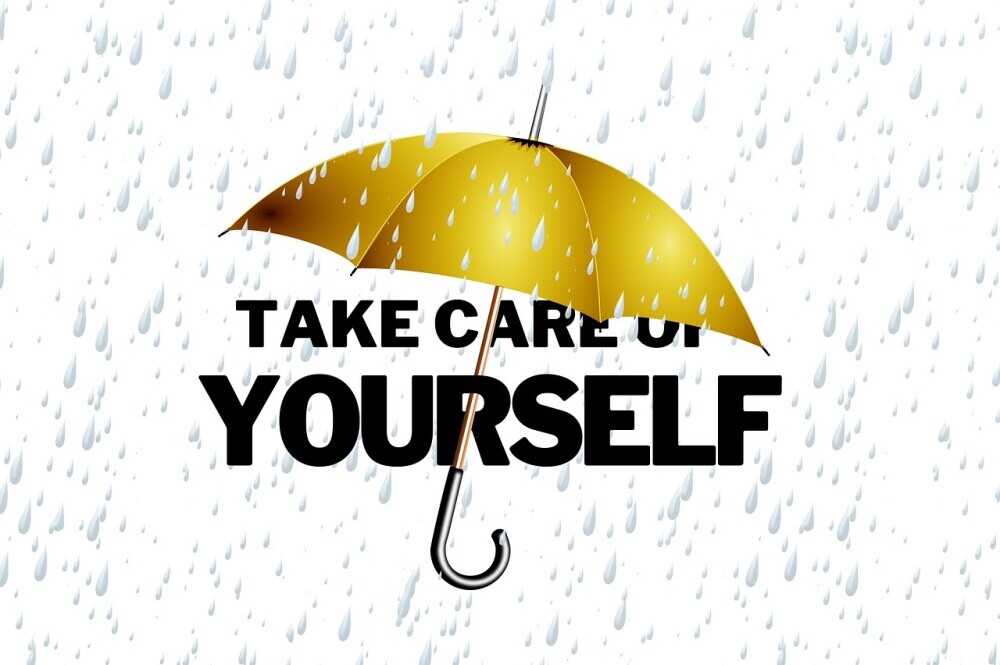
Practicing Self-Care and Work-Life Balance: A Guide to a Happier, Healthier You
In today’s fast-paced world, it’s easy to get caught up in the hustle and bustle of work, family, and social commitments. However, it’s essential to prioritize self-care to maintain your mental and physical health. By practicing self-care and achieving a healthy work-life balance, you can improve your overall well-being and lead a more fulfilling life.
The Importance of Self-Care in Today’s Fast-Paced World
Definition and scope of self-care: Self-care is the intentional act of taking care of your physical, mental, emotional, and spiritual health. It encompasses a wide range of activities that promote well-being, such as exercise, relaxation, and social connection.
How self-care impacts mental and physical health: Self-care is essential for maintaining good mental and physical health. It can help reduce stress, improve mood, boost energy levels, and strengthen the immune system.
Common misconceptions about self-care: Some common misconceptions about self-care include:
- Self-indulgence: Self-care is not selfish. It’s a necessary investment in your well-being.
- Lack of time: Even small acts of self-care can make a significant difference.
- One-size-fits-all: Self-care practices vary from person to person. Find what works best for you.
Importance of self-care for professionals: Self-care is particularly important for professionals who often face high levels of stress and pressure. By taking care of themselves, professionals can improve their productivity, creativity, and job satisfaction.
Scientific evidence supporting the benefits of self-care: Numerous studies have shown the positive impact of self-care on mental and physical health. For example, research has linked regular exercise to reduced stress, improved mood, and lower risk of chronic diseases.
Essential Self-Care Practices for a Balanced Life
Daily routines to incorporate self-care:
- Mindfulness and meditation: Practice mindfulness techniques like deep breathing and meditation to reduce stress and improve focus.
- Physical activities: Engage in regular physical activity, such as walking, running, or yoga, to improve your physical health and mental well-being.
- Healthy eating: Fuel your body with nutritious foods to support your overall health and energy levels.
- Sleep hygiene: Prioritize sleep by creating a relaxing bedtime routine and ensuring a comfortable sleep environment.
Examples and anecdotes illustrating effective self-care practices:
- A busy professional who takes a daily walk in nature to de-stress.
- A parent who practices mindfulness meditation while their children are sleeping.
- A student who prioritizes healthy eating and regular exercise to improve their focus and concentration.
Strategies for Achieving Work-Life Balance
Understanding work-life balance: Work-life balance is about finding a harmonious relationship between your professional and personal life. It’s about setting boundaries and prioritizing both work and personal commitments.
Setting boundaries between work and personal life: Establish clear boundaries between work and personal time. Avoid checking work emails or taking calls outside of working hours.
Time management techniques: Effective time management can help you prioritize your tasks and avoid feeling overwhelmed. Consider using techniques like the Pomodoro Technique or time blocking.
Role of company culture in work-life balance: A supportive company culture can make a significant difference in achieving work-life balance. Look for organizations that value employee well-being and offer flexible work arrangements.
Tools and apps to help manage work-life balance: There are many tools and apps available to help you manage your time, prioritize tasks, and reduce stress.
Real-life examples of successful work-life balance:
- A parent who works from home and schedules time to spend with their children.
- A professional who takes regular vacations and prioritizes time with loved ones.
Overcoming Barriers to Self-Care and Work-Life Balance
Identifying common obstacles: Common barriers to self-care and work-life balance include:
- Guilt and self-neglect: Feeling guilty for prioritizing self-care or neglecting responsibilities.
- Lack of support: Not having a strong support network to help you manage stress and maintain balance.
- Overwhelm and burnout: Feeling overwhelmed by work and personal commitments.
Strategies to overcome guilt and self-neglect:
- Challenge negative thoughts: Remind yourself that self-care is essential for your well-being.
- Set realistic expectations: Don’t try to do everything at once. Prioritize tasks and delegate when possible.
- Practice self-compassion: Be kind to yourself and avoid self-criticism.
Building a supportive network: Surround yourself with supportive friends, family, and colleagues who can offer encouragement and understanding.
Seeking professional help when needed: If you’re struggling with self-care or work-life balance, consider seeking professional help from a therapist or counselor.
Creating and maintaining sustainable habits: To make self-care and work-life balance sustainable, focus on creating habits that you can easily incorporate into your daily routine. Start small and gradually build on your successes.
Personal stories of overcoming barriers: Share personal stories of overcoming challenges related to self-care and work-life balance to inspire others.
By prioritizing self-care and achieving a healthy work-life balance, you can improve your overall well-being, increase your productivity, and lead a more fulfilling life. Remember, self-care is not a luxury but a necessity.
If you would like to sign up to Wealthy Affiliate using our affiliate link for FREE (no credit card required) click HERE.